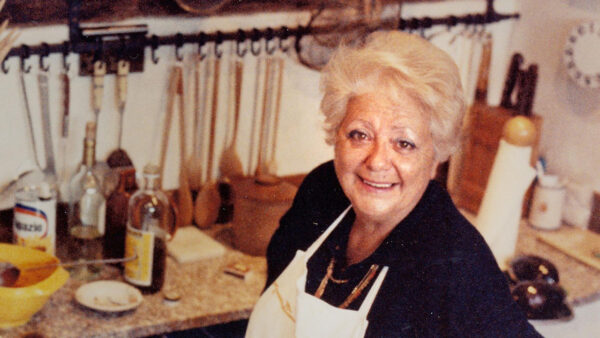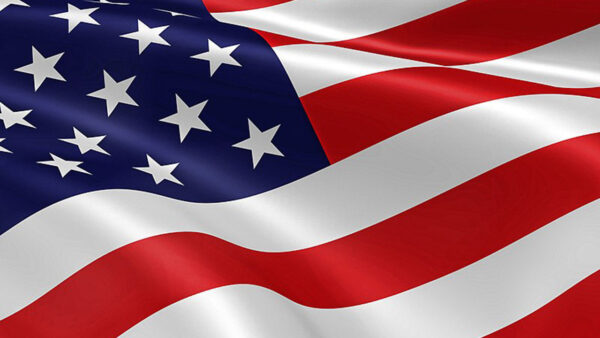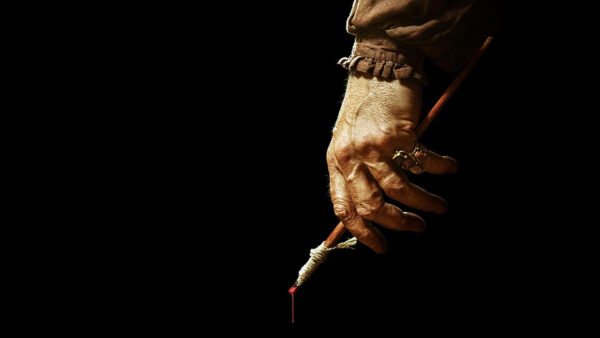
Country music in Arizona
Feb. 14, 2020

As we began looking forward to Ken Burns’ “Country Music,” we wanted to know where Arizona fit into the larger picture. Arizona PBS Magazine talked to John Dixon, longtime DJ and Arizona’s unofficial music historian, about how the early country music scene developed in Arizona.
In Arizona, Dixon said, country sprang from the traditional songs that cowboys would share around the campfire. Someone might hear a song in Prescott and take it down to Tucson, changing locales and other details to personalize it to a new situation.
Billie Maxwell, from Springerville in Arizona’s White Mountains, is credited as the state’s first female country singer to record her music. The Maxwells were farmers and ranchers, and the family was very musical. Together with her dad, brother and uncle, Billie would play for weddings, dances and other local celebrations. They called themselves the Maxwell Family Orchestra, or later, the White Mountain Orchestra. After successfully auditioning for the Victor label, the family traveled to El Paso to make their recordings. In the end, they made two records as a group, and Billie recorded three more solo in 1929. Although their records were never a commercial success, they marked an Arizona first.
Then there was Romaine Lowdermilk, a working cowboy who would also sing at dude ranches and get-togethers as a hobby. Lowdermilk and some of his friends formed a group called the Arizona Wranglers (shown at left) in the late 1920s. They had an early radio show on KOY, and toured the Southwest and California. The group later moved to California and became famous along the West Coast. They became involved with Rex Allen, who started his career in Wilcox, Arizona, in the 1930s. Although he didn’t become famous until he moved to Chicago, Allen always gave credit to his roots in Wilcox. Allen went on to star in B-movie Westerns that helped to drive his record sales.
As Arizona communities grew, local opportunities for country musicians increased. Early radio stations would hire local performers for 15- or 30-minute shows, and local venues like Phoenix’s Madison Square Garden and Riverside Ballroom wanted musicians for weekly country music nights. Some nights they would perform on their own, but they were also called on to play backup for touring acts. Most touring musicians back then didn’t travel with a band, so the local players had to be able to pick up new songs on short notice.
Madison Square Garden hosted the weekly Arizona Hayride on Saturday nights, starting in 1955. The performers would do a live show that was broadcast on radio, after which the musicians would go over to Channel 10 for an hour-long television show. If that wasn’t enough, they would come back to the venue and play for a dance.
Over the years, the show fostered a number of local singers and musicians including guitarist Al Casey. Casey later went on to play with the Wrecking Crew in Los Angeles and had a memorable career as a studio musician, but he got his start on the Arizona Hayride — and playing on records produced at Audio Recorders in Phoenix.
Audio Recorders grew out of Clay and Floyd Ramsey’s radio repair shop at 7th Street and Weldon in the early 1950s. They began by producing square dance music, but expanded into other styles of music, commercials and other projects.
At that time, recording studios in Los Angeles had figured out how to design a room that could create an echo-y sound that was being popularized by early Elvis songs and other Sun Records productions from Memphis. Phoenix-based producer and aspiring songwriter Lee Hazlewood wanted to replicate that sound at Audio Recorders.
With Hazlewood’s input, the Ramseys came up with a different solution for creating the sound of an echo-y guitar: they purchased a 2,500-gallon steel water tank with a little hatch on top.
They set it up in the studio parking lot, putting a speaker inside the empty tank at one end and a microphone over the hole. They could drop the microphone in or move the speaker to delay or shorten the echo.
The tank solution was so successful that everyone wanted it on their recordings. By the mid ’60s, the Ramseys’ Ramco Records label was releasing country music by local singers like Waylon Jennings, Donnie Owens, Sanford Clark and Donna Fargo. By the end of that decade, Charlie Gearhart was working in the studio with a group of pickers and players that would emerge as Goose Creek Symphony, one of the first and most influential country rock bands of the ’70s.
One of the people producing these records was Hazlewood, who settled in Arizona after serving in the Korean War. As a DJ in Coolidge, he would come into Phoenix with his protégés, Duane Eddy and Jimmy Delbridge, on Saturdays to perform at Madison Square Garden. He first got into producing by recording the stars of the Arizona Hayride — musicians like Jimmy Spellman, Buzz Burnham, Loy Clingman and Al Casey.
Hazlewood’s early records didn’t do well and didn’t make much money, but they helped him learn how to record and produce and provided an outlet for his own songwriting. When he wrote a song called “The Fool” in 1956, he struck a deal with another group operating out of Audio Recorders so that he could put the song on the flip side of a record. Casey introduced him to a young singer named Sanford Clark, and they recorded the song at Audio Recorders.
As fate would have it, “The Fool” was a huge hit, selling close to a million copies. Though Hazlewood saw it as a country song, it also started getting play on rock stations and was picked up by Dot Records for national distribution. It became the first hit record out of Phoenix, Dixon said, leading others to the Ramseys’ recording studio and enhancing the reputation of Casey and the other musicians involved. Two years later, the same group produced Duane Eddy’s “Rebel Rouser,” which did sell more than a million copies.
Of the many Arizona musicians who were well known locally and enjoyed successful careers here, a few went on to national fame. Waylon Jennings was effectively the house band at a club called JD’s when it opened in 1962. He had been playing at smaller venues, but his career began to take off while he was playing at JD’s.
Buck Owens got his start in Mesa at radio station KTYL in the ’40s. He had a radio show and played on a local television show there. Before long, he moved to Bakersfield, California, and his career took off there, but Mesa was where he started learning how to perform and how to talk to a television camera.
Glendale-born Marty Robbins returned from Navy service during World War II and got his start in music with the help of Frankie Starr, who invited him to share the stage at a central Phoenix venue called Vern and Don’s.
Robbins loved singing the old cowboy and trail songs, and would record albums of them. They weren’t always his most successful songs, but they were meaningful to him as songs that he heard growing up in Phoenix. In the decades since, his records became the first introduction to these songs for many listeners.
“Country music is very appealing to the average person,” Dixon said. “Country has an earthiness to it.”






















